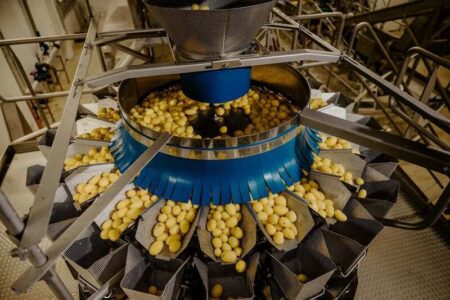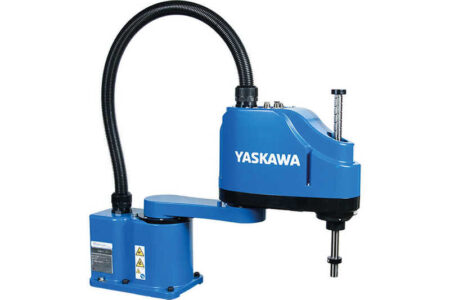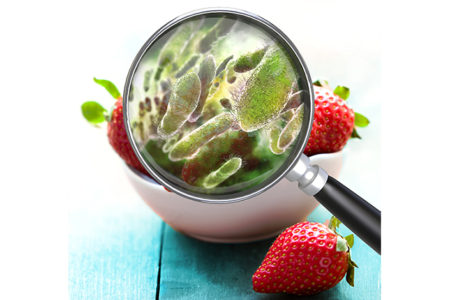Meat processors have new vision inspection technology to improve food quality and safety

A vision inspection system specifically designed for the meat processing industry can help processors redeploy workers while improving quality, food safety, and processes.
The P-Series in-line vision system – a new offering from KPM Analytics – combines a host of visual and dimensional measurements with AI to automate product quality assessment and to detect foreign objects. It is ideal for inspecting whole, portioned, and processed meat and poultry products.
The P-Series system is available with an extensive product measurement library developed through years of experience working with meat and poultry processors. This library includes common quality issues such as bruises, blood spots, incomplete breading, missing components, excess fat, and many others. Additionally, P-Series systems utilise AI for statistical analysis and deep learning for anomaly detection, detailed feature analysis, and data-handling tools.
Unlike some general-purpose vision systems, P-Series systems are designed for the sanitary environment of meat processing, including compatibility with cleaning procedures and chemicals.
P-Series systems allow meat and poultry processors more capabilities to detect low density defects that cannot be found by X-ray and other foreign material detection equipment. This includes:
- Non-visible spectrum foreign materials: infrared imaging allows processors to analyse properties like moisture and oil content. P-Series’ hyper-spectral imaging capabilities improves detection of foreign objects that appear the same colour as fat and meat.
- Visible spectrum foreign materials: high-resolution calibrated cameras detect foreign materials on the top and bottom surfaces. These include foils, films, plastic, paper, and compositional defects.
- Advanced analysis with AI: AI-driven applications for detecting minor variations in colour, texture, size, and shape patterns.
The system is available with a range of conveyor and rejection options to fit the product being handled.
The P-Series system combines the visual image with geometric data to allow more accurate and deeper analysis. For example, as a product gets thicker, it gets closer to the camera, changing its appearance. The system can use a 3D camera to adjust the calibration dynamically.
Also, the system can combine images of all sides of a product with dimensional data to get a complete picture of quality, rather than rejecting all products with a single minor flaw, reducing waste.
Plant managers can use the data to make data-driven decisions and refine processes. The P-Series system is colour calibrated.
In designing the P-Series in-line vision inspection system, experts at KPM Analytics drew upon deep experience in food quality inspection technology. “No other system provides as complete a solution in the meat industry,” said Jon Gilchrist, product manager for KPM Analytics.



